Due linee sull'ala esterna e tre linee al centro. La "linea 2,5" riesce quindi a fare a meno della linea C3. I metri di cordini in meno riducono la resistenza aerodinamica. Grazie ai due livelli di linea sull'ala esterna, è possibile una regolazione dell'inclinazione aerodinamicamente favorevole in fase di accelerazione. Questo va a vantaggio delle prestazioni nel volo ad alta velocità. Il concetto consente inoltre un controllo C particolarmente efficiente.
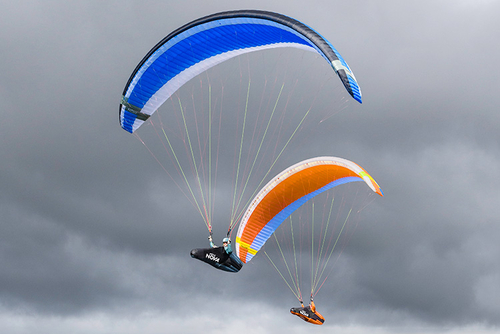
Efficient en route. The 2.5-liner design of the MENTOR 7 combines performance and comfort in a unique way. Philipp Medicus, Head of R&D at NOVA explains: “The difference in design between the MENTOR 6 and 7 is greater than between the 2 and the 6. Through this innovative approach the performance has drastically increased, without raising the demands on the pilot. The result is a cross-country paraglider that allows you to go big distances safely and efficiently."
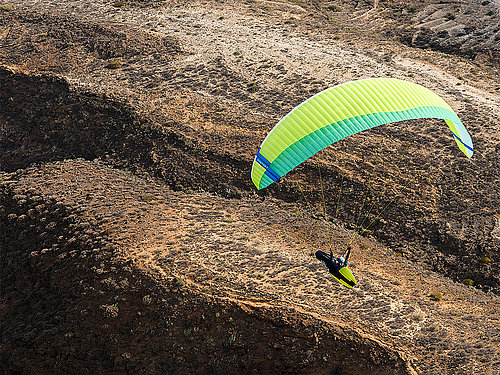
Designed for XC. The MENTOR 7 was built for cross-country flying. Fully accelerated, it cuts solidly through turbulent air masses, and the C-riser-controlcan be used to efficiently mitigate turbulence. The safe and calm feeling when flying allows the pilot to stay focused and concentrate on tactical decisions - even on long flights. Despite its high stability, if the MENTOR 7 has a collapse, the reaction is manageable even at top speed. All NOVA test pilots confirm that this wing, with its moderate aspect ratio of 5.5, is very pleasant to fly and additionally has even more top speed than the MENTOR 6. The ideal prerequisites for new XC records.
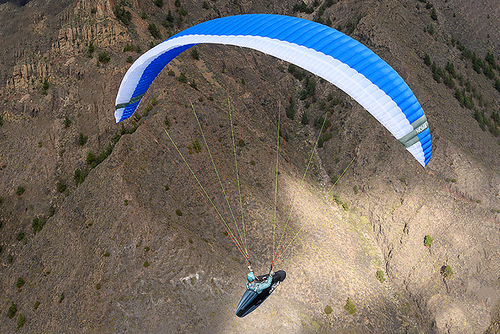
Pitch control like a 2-liner. For optimal ergonomics, the risers of the MENTOR 7 are equipped with height adjustable C-handles (HAC-Handles). The C-handles allow pitch control during accelerated flight, which was previously reserved for two-liners like our XENON. This means it is easy to compensate for turbulence and flying XC is far more efficient. Those with no previous experience of C-riser-control can take a relaxed approach to learning this new flight technology with the MENTOR 7 and gain a real performance advantage for themselves. Please note: how this C-riser-control works is explained in the FAQ below.
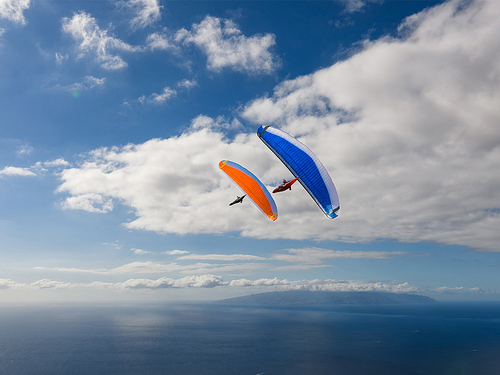
Elaborate design. In addition to the 2.5-liner concept, the MENTOR 7 is characterised by a complex inner life, 66 cells and additional rods in the rear are of the wing. These design features play a vital role in the outstanding performance of the paraglider. We have cast aside our Easy Packing concept in favour of the clear performance advantage. To protect the rods, the MENTOR 7 should be packed using a Pack Roll, or wrapped around the harness, in a cell pack sack such as our Concertina Bag Light.
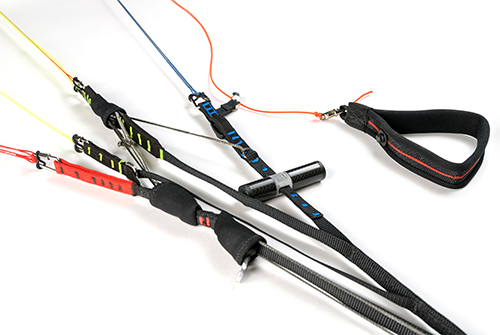
The risers in practice. The most prominent feature on the MENTOR 7’s new Speedbrake Riser 2.0 are the HAC-Handles. Another striking feature is the "Baby-B" line, which acts as a moveable pulley on the B3 line. This means the riser is a little more complex, but it is still clearly laid out and easy to handle even when launching. Good to know when ground handling: you can kill the MENTOR 7 very efficiently using the C-lines. As there is no C3 line, what does not work so well are asymmetric corrections via the C-lines. For lateral directional corrections we therefore recommend using the brake. Please note: for more clarity during pre-flight preparation, a magnet holds the A and Baby-B risers together. For optimum launch behaviour, we recommend releasing the magnet and only holding the A-riser.
Pilot target group
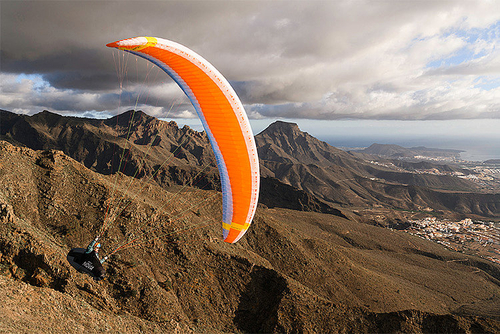
The MENTOR 7 (EN/LTF B) is a state-of-the-art "teacher" in the tradition of the MENTOR series (performance, smooth in flight, safety). It does not tend to overshoot during inflation and impresses with an extreme flight behaviour that is manageable for its class. The hybrid 2.5-liner is suitable for cross-country pilots who are experienced in handling EN B gliders, or who want to get the maximum out of a flight using the speed-bar and HAC handles. Anyone wishing to familiarise themselves with pitch control similar to the flying feeling of a two-liner, this is the wing to fly. It is important to understand that the hybrid construction partly influences ground handling and means, for example, that the use of the B3 stall is more efficient than classic big ears.
New features
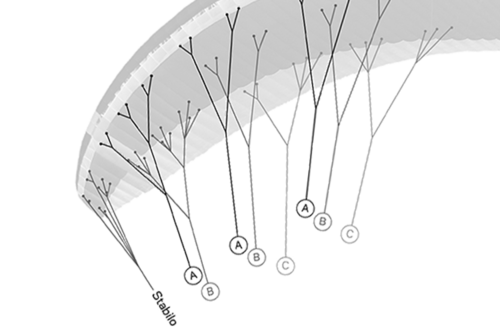
Hybrid design as a 2.5-liner. On the outer wing the MENTOR 7 Light is a two-liner, in the center a three-liner. This means this “2.5-liner” does not have a C3 line. The smart redistribution of the attachment points and a profile optimised for accelerated flying make the MENTOR 7 Light a comfortable and potentially record-breaking fast cross-country glider. At the same time, the safety and smoothness in flight remains typical of the MENTOR and accordingly the certification also resulted in EN B certification.
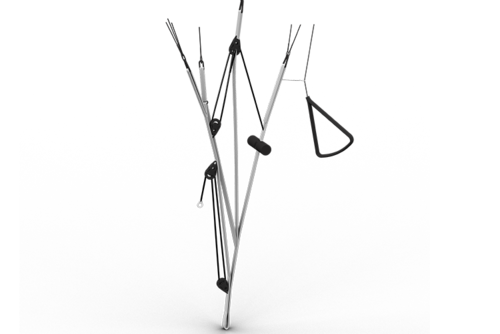
Speedbrake Riser 2.0 incl. HAC Handles. The MENTOR 7 Light has HAC handles (Height Adjustable C-Handles) on the newly revised riser. With these, pitch movements in accelerated flight can be compensated for in the best possible way. This means that on cross-country flights you to get from A to B even more efficiently - i.e. faster and with less sink. In addition, the C-riser-control is very comfortable and requires little effort.
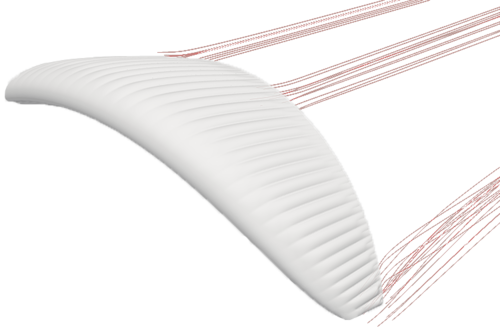
Aerodynamics optimised for speed. The design of the MENTOR 7 Light focused on speed. The profile ensures a high degree of pitch stability even at low angles of attack. In numerous simulations, the ballooning as well as the stress distribution was refined to minimise the deformation of the glider when accelerated. The cell openings are designed so that the internal pressure remains ideal even in accelerated flight. The result is excellent glide performance with an exceptional level of stability.
Ferdi Vogel wins the Zillertal Battle 2022
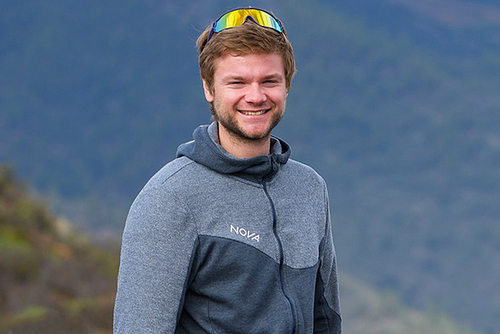
NOVA test and team pilot Ferdinand Vogel won the Zillertal Battle 2022 with the MENTOR 7 Light. In this event, only wings with EN/LTF A or B certification are permitted. Top pilots compete under the current gliders, with differences in performance becoming particularly obvious.
Ferdi says about the wing: "I had a clear advantage when gliding fast in rough air. The outstanding performance of the MENTOR 7 Light allowed me to win both tasks. This glider will set new XC records."
See here for full results.
Dati tecnici
| XXS* | XS | S | M | L* | ||||
|---|---|---|---|---|---|---|---|---|
| Numer cassoni | 66 | |||||||
| Apertura alare proiettata | m | 9,10 | 9,54 | 9,96 | ||||
| Superficie proiettata | m² | 19,80 | 21,77 | 23,72 | ||||
| Allungamento proiettato | 4,18 | |||||||
| Apertura alare reale | m | 11,34 | 11,89 | 12,41 | ||||
| Superficie reale | m² | 23,36 | 25,69 | 27,99 | ||||
| Allungamento reale | 5,50 | |||||||
| Diametro cordini | mm | 0,4 / 0,5 / 0,7 / 0,8 / 0,9 / 0,95 / 1,2 | ||||||
| Lungezza cordini | m | 6,81 | 7,14 | 7,45 | ||||
| Profondità massima del profilo | m | 2,60 | 2,72 | 2,84 | ||||
| Peso | kg | 5,1 | 5,3 | 5,6 | ||||
| Gamma di peso certificata | kg | 70-95 | 80-105 | 90-115 | ||||
| Gamma di peso raccomandata in volo | kg | 80-90 | 90-100 | 100-110 | ||||
| Certification (EN/LTF) | B | B | B | |||||
*Sizes XXS and L are available for the MENTOR 7 Light.
FAQ
Le maniglie HAC (Height Adjustable C-Handles) sono montate sulla bretella C. Permettono un controllo efficiente del beccheggio, che di solito si trova solo sui le due linee. Le forza da applicare è così bassa che non ci sono segni di affaticamento anche durante lunghi voli. In volo accelerato, le maniglie HAC possono essere utilizzate per aumentare l'angolo d’incidenza più rapidamente e sensibilmente di quanto sarebbe possibile allentando la pedalina. Inoltre, sono possibili correzioni asimmetriche, ad esempio per i cambi di direzione. In definitiva, grazie al C-control, puoi volare più veloce, più efficiente e più rilassato. Se si tirano le maniglie HAC verso il basso di circa 20 cm alla velocità di trim, si verifica uno stallo, che è ben segnalato dal feedback che si trova sul pulsante delle maniglie. Già molto prima dello stallo, la performance è notevolmente ridotta. Non è quindi ragionevole rallentare permanentemente il MENTOR 7 Light al di sotto della velocità di trim.
Istruzioni per la regolazione dell'altezza maniglie HAC (Hight Adjustable C): Rimuovere entrambi i tappi laterali dal tubo di carbonio, allentare la vite di fermo, posizionare la maniglia HAC all'altezza desiderata, riavvitare fino a bloccarla e riposizionare i tappi.
Invece di tirare giù il cordino A più esterno come quando si fanno le orecchie, nel caso dello stallo B3 il cordino B3 viene tirata giù rapidamente su entrambi i lati della vela di circa 40-50 cm. Di conseguenza, l'ala esterna si piega all'indietro. La maniglia del freno rimane in mano durante lo stallo B3 senza avvolgimento. La manovra è stabile, non c'è sbattimento delle superfici alari ripiegate. Lo sforzo per tenerlo è basso. Per rilasciare, basta mollare entrambi i cordini B3. L'apertura avviene senza ritardi. Come per fare le orecchie, si consiglia di accelerare almeno del 25%. A proposito: la parte centrale della vela non si deforma durante lo stallo B3 - come invece succede quando si fanno le orecchie. Di conseguenza, la vela mantiene ancora meglio la sua velocità di avanzamento.
No, il MENTOR 7 (Light) rimane fedele al principio di tutti i predecessori della gamma MENTOR, che da sempre sono posizionati al top della classe B. Il MENTOR 7 (Light) incorpora una grande quantità di conoscenze di progettazione derivate dalla costruzione dello XENON (EN/LTF D) - ma con il chiaro obiettivo di rimanere alla portata di un pilota che può volare il MENTOR 6. La costruzione come un ibrido 2.5 linee non cambia il pubblico a cui si rivolge, anzi la reazione alle chiusure è anche un po' più tranquilla di prima. L’allungamento moderato di 5.5 aiuta a garantire la gestibilità della vela a chi usa vele B+, non sono richieste abilità maggiori per volare con il MENTOR 7 (Light). Suggerimento: Si consiglia di dare un'occhiata al manuale per capire meglio le caratteristiche tipiche delle vele a due linee (controllo linee C, gestione al suolo, aiuti alla discesa).
Raccomandiamo di piegare il MENTOR 7 (Light) centina su centina e di mettere il NOVA Pack Roll nella piega vicino al bordo d’attacco quando lo si piega ulteriormente. Lo scopo del Pack Roll è far si che questa piega sia meno pronunciata - per proteggere le stecche. La nostra Concertina Bag Light è perfetta per aiutarvi in questo metodo di ripiegatura e permette di avere un pacchetto di dimensioni ridotte. La nostra Concertina Bag Light è perfetta per aiutarvi in questo metodo di ripiegatura e permette di avere un pacchetto di dimensioni ridotte.
No, le maniglie HAC possono anche essere smontate. Il comando C è un'opzione aggiuntiva per compensare i movimenti di beccheggio della vela - specialmente nel volo accelerato. Usato correttamente, permette un volo più efficiente in aria turbolenta.
Lo stallo B3 offre un tasso di caduta più alto con più stabilità. Le orecchie classiche funzionano comunque, ma è meno comodo farle a causa della bretella linea A non divisa.
Il MENTOR 7 (Light) ha una gamma di velocità molto ampia, e quindi una lunga corsa dell'acceleratore. A seconda delle dimensioni della vela e soprattutto dell'imbrago, è possibile che la corsa dell'acceleratore non possa essere sfruttata completamente. Puó essere che i ganci Brummel dell’acceleratore arrivano in battuta con l’anello o la carucola dell’imbrago, prima di raggiungere la piena corsa. Ci sono diverse possibilità di ottimizzazione: un'opzione è quella di montare una pallina sul cordino acceleratore della bretella. Il kit di conversione corrispondente (Speed System Cords) è incluso nella consegna, le istruzioni sono nel manuale. In alternativa, il cordino acceleratore dell’imbrago può essere attaccato senza gancio Brummel al cordino accelleratore della bretella, o l’imbrago e il parapendio possono essere collegati con una linea continua. Le ultime due opzioni, tuttavia, sono adatte solo per i piloti che lasciano la vela attaccata all'imbrago. Se avete bisogno di aiuto per la conversione, potete contattarci sotto info@flynova.it o contattare il rivenditore NOVA vicino a voi. www.nova.eu/en/try-buy
La gamma di peso approvata definisce i limiti legali del peso di partenza. All'interno della gamma di peso consigliata troverete la combinazione ideale di salita, stabilità e velocità per la massima efficienza nel cross.


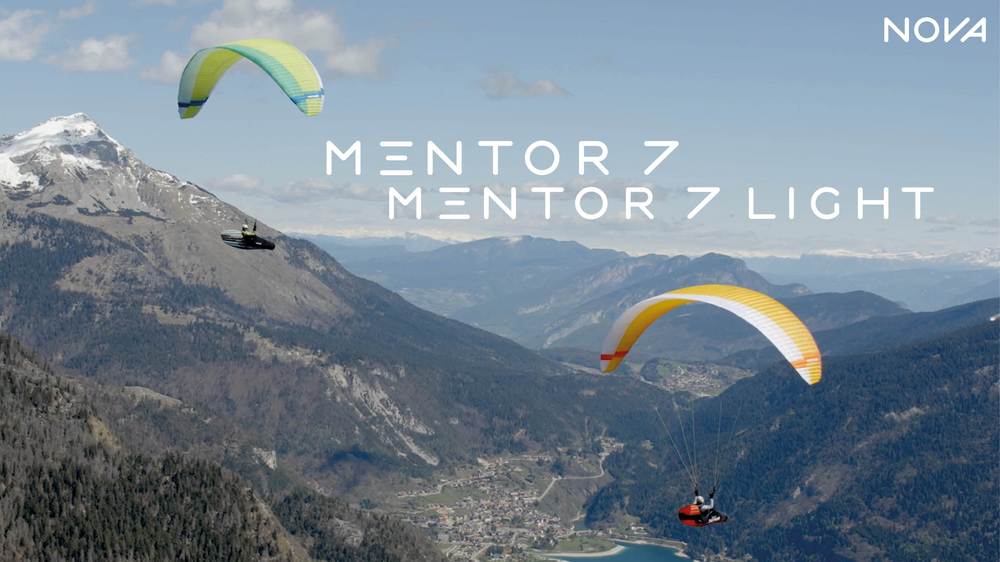
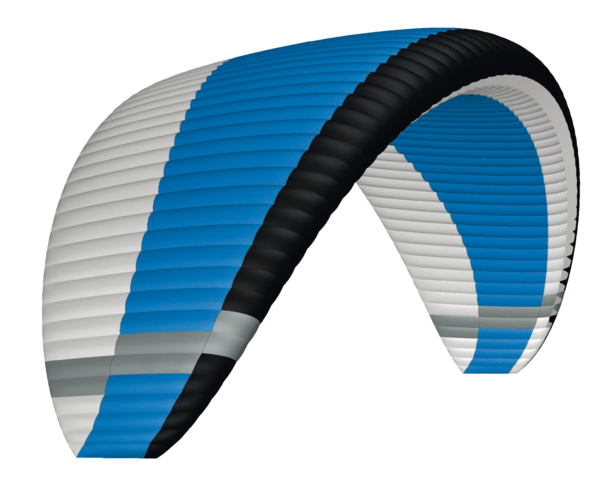 Blue
Blue
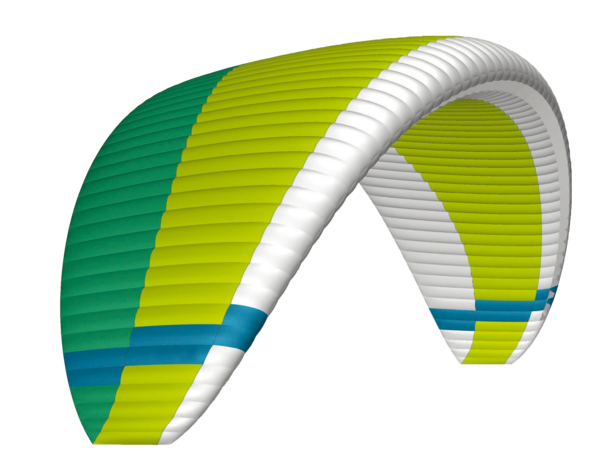 Lime
Lime
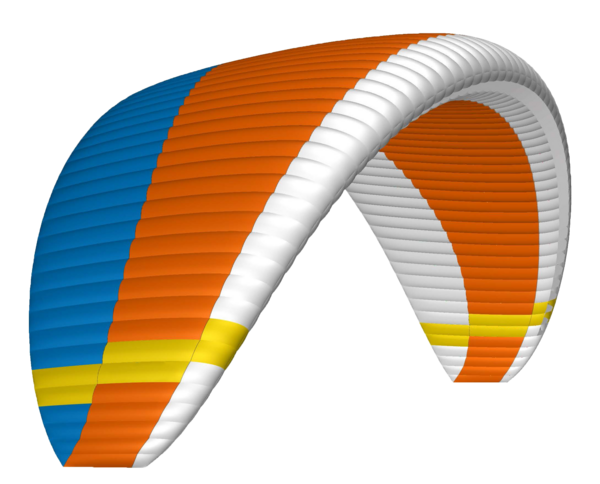 Orange
Orange
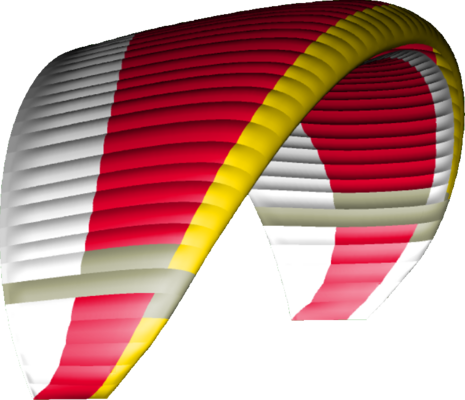







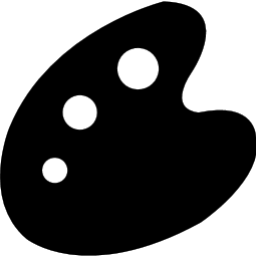

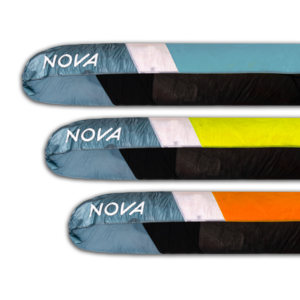 Concertina Bag Light.
Concertina Bag Light.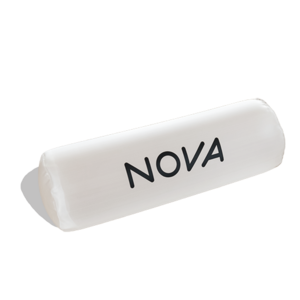 Pack Roll.
Pack Roll.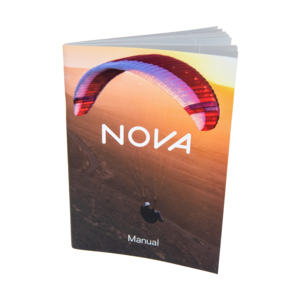 Manual.
Manual.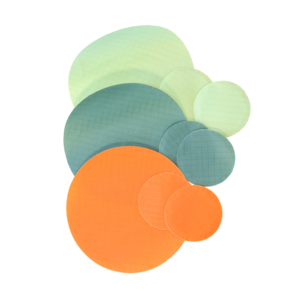 Repair kit.
Repair kit.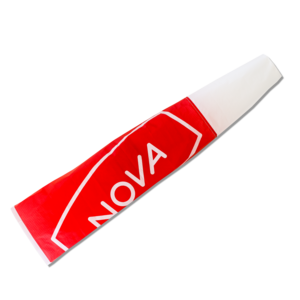 NOVA windsock.
NOVA windsock.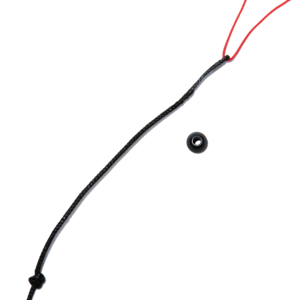 Speed system cords.
Speed system cords.